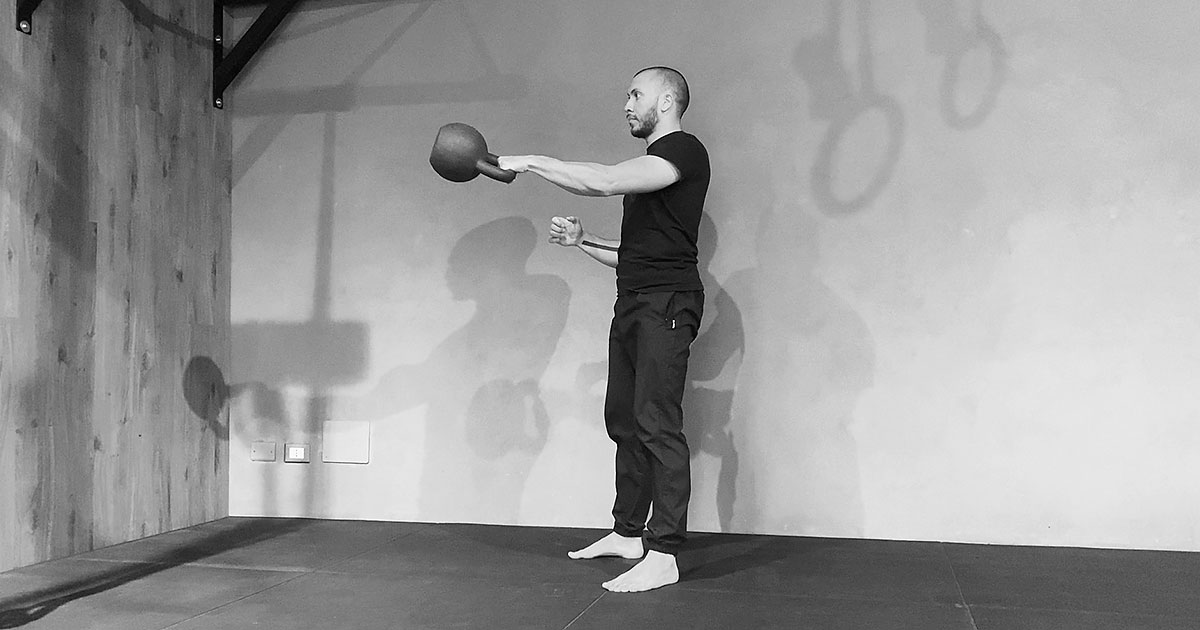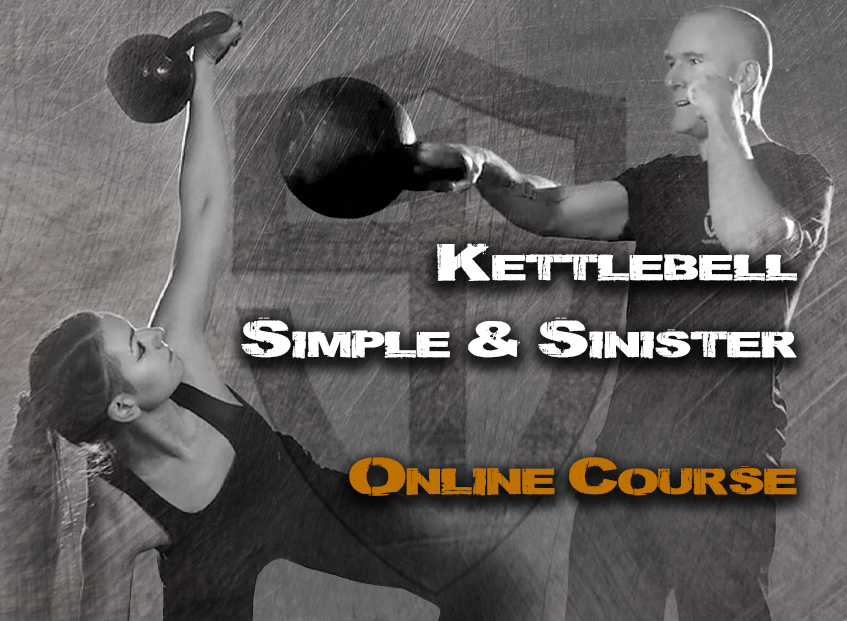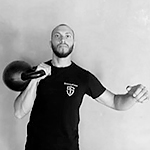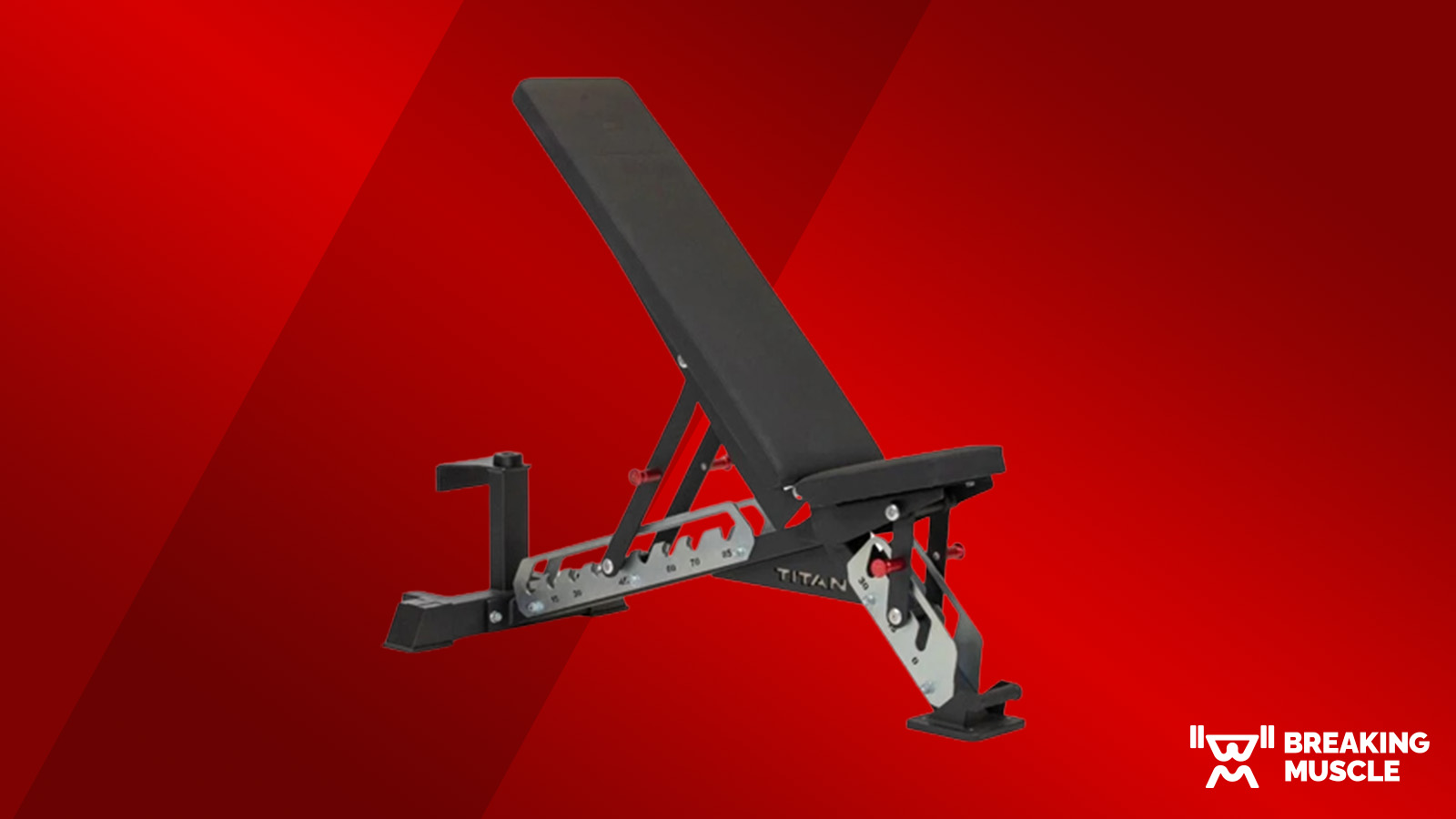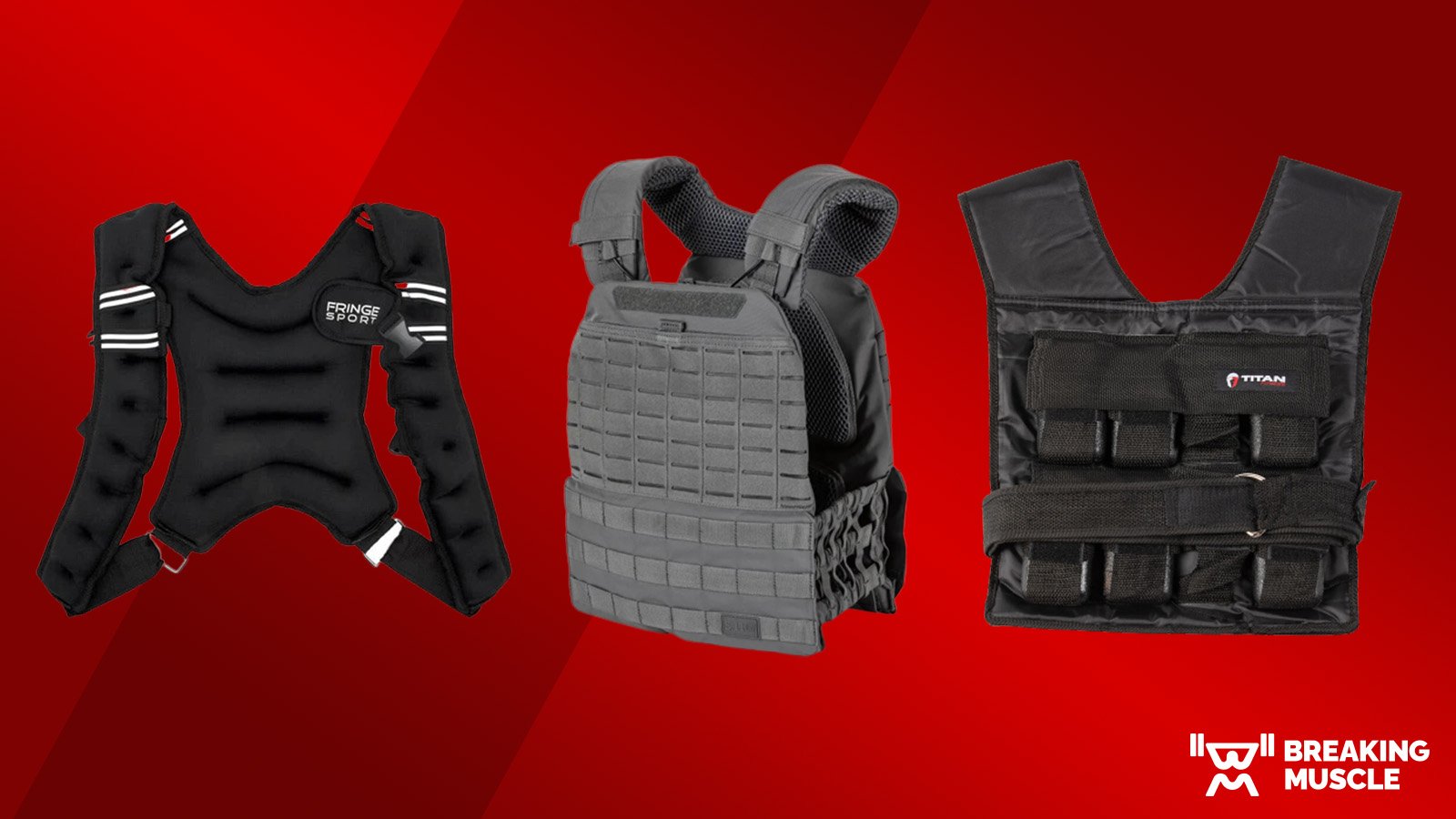My journey to StrongFirst started with questions that were always on my mind, “What is strength? What does it mean to be strong?”
I pursued this question through fighting, training, studying, and researching how to become strong, both physically and mentally, and obviously the name StrongFirst came up.
Everything I read was intriguing, so real and functional. I bought my first book Kettlebell Simple & Sinister and my first 24kg kettlebell and so it began.
I was in love with the purity and concreteness of minimalist training.
The idea that training just two exercises, see the Naked Warrior (another book I love and recommend), could be all you need to reach your goals was fascinating. The meaning behind minimalism is powerful. It’s not only a philosophy but also a conviction, and a man with conviction is strong.
At the beginning I saw excellent results, despite the lack of technique due to me being self-taught. Eventually the lack of technique became a problem, and I was no longer able to improve. Although I had been training for a long time, the lack of concrete knowledge caused my results to be volatile. Even while studying to obtain a degree in Exercise Science, I lacked practical technique. I decided to participate in my first StrongFirst workshop. There I met the now StrongFirst Certified Senior Instructor Guido Posante and learned how young, weak, and immature I was.
After learning how to really do the swing, the get-up, and other kettlebell skills, I grew stronger and stronger.
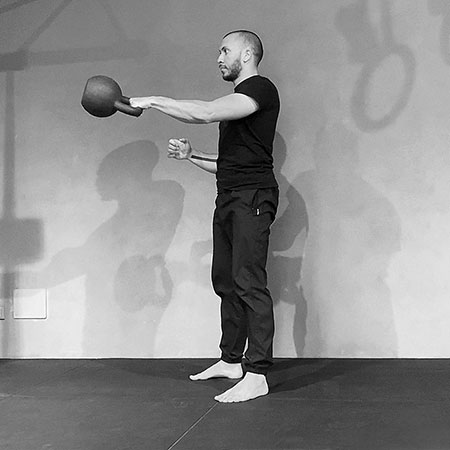
Eventually, with a lot of work, I earned all the StrongFirst certifications, and I am now a proud StrongFirst Certified Elite Instructor. After achieving this status, I was left without a specific goal. I returned to minimalist training including Simple & Sinister and The Quick and the Dead. However, I felt like I was still lacking something, so I started some research which brought me to the seven basic movements patterns: hinge, pull, push, squat, lunge, gait, and twist.
In StrongFirst we teach true strength, not the appearance of it. We focus on full tension, both in grinds and ballistics. This includes multiarticular exercises and so basing a program on motor patterns instead of muscles made sense to me.
I kept reading articles and books, and with some masochistic experiments on myself, I reached a solid conclusion and designed a minimalist program.
I reduced the movement patterns from seven to four, choosing push, pull, hinge, and squat. The combination of these four movement patterns can take you anywhere with the right protocol and exercise choice, especially following StrongFirst principles.
I paired the chosen four movement patterns together as push+hinge and pull+squat. (What are Simple and Sinister and the Quick and the Dead if not a push and a hinge?)
Choosing the most effective movements and protocols depends on your specific goal. For example, you could choose something like bench press and deadlift paired with a heavy pullup and back squat, focusing on the range of strength and grind movements. You could also choose a kettlebell push press and kettlebell swing paired with a kettlebell body row and goblet squat to focus on ballistics and a more endurance-oriented training. It’s up to you.
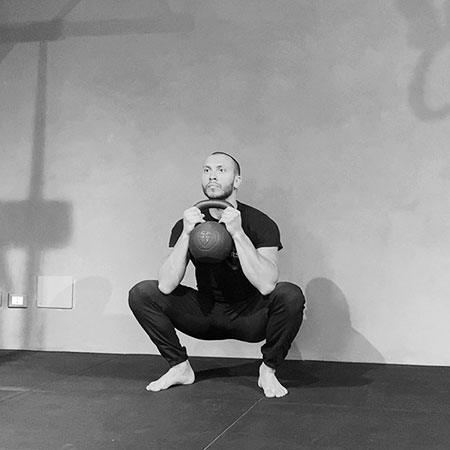
My Four Basic Movement Patterns Exercises
Here is a list of what I consider effective exercises within the four basic movement patterns:
- Push:
- Bench press (including specialized varieties)
- Pushup (including specialized varieties)
- Military press (kettlebell or barbell)
- Push press (kettlebell or barbell)
- Get-up. Technically it is not a push but if I had to classified it in one of these four movement patterns, the get-up would fall in the push pattern.
- Pull:
- Pullup and chin-up (weighted or unweighted)
- Hanging leg raise
- Front lever
- Rows
- Kettlebell curl (more on this later)
- Squat:
- Front squat (kettlebell or barbell)
- Pistol (weighted or unweighted)
- Jump squat (weighted or unweighted)
- Lunges plus specialized varieties (weighted or unweighted). I consider lunges a variation of a split squat.
- Hinge:
- Deadlift (including specialized varieties)
- Clean (kettlebell or barbell)
- Snatch (kettlebell or barbell)
A plan that worked well for me was to choose two exercises from each pattern. You should choose them based on your needs and goals (same as your protocol).
The exercises I chose are listed in the table below:

Some of these exercises may seem a bit strange, but I found them very useful with a lot of transfer to other movements.
Let me explain.
The bridge floor press is the bench press without the bench. The bridge position is more comfortable, and you must stabilize your shoulders more due to the internal rotation caused by the kettlebell. (You must fight against the weight and the volume of the kettlebell.) It’s also a unilateral exercise which means you benefit from working each arm symmetrically.
The push press is a favorite of mine because it reminds me of throwing a punch. I was a boxer, and it is a more familiar movement than the classic grind press. Obviously, it also has a lot of transfer to vertical presses and works the shoulder and the triceps like hell.
The kettlebell curl is an unexpectedly effective “pull “movement due to the grip needed on the kettlebell. You work your grip like you wouldn’t believe along with the biceps and lats (due to the displaced center of mass of the kettlebell moving away from the body). The kettlebell curl definitely has a great transfer to the pullup. Give it a try.
The tactical pullup is the pull. It consists of a hollow body position, strict and heavy. That’s it.
The goblet squat is the “squat for the people.” It trains the basics and foundation of the squat. The weight held in the front of the body permits triple extension and so I thought “Why not jump?” The jump adds explosiveness and like a real jump, you can use the arm drive to slightly bounce the kettlebell up and down. Give it a try with a heavy kettlebell and see how much you must pressurize your abs and then judge whether it is a worthy exercise.
The pistol needs no explanation. When done weighted, it is one of the most versatile and useful leg exercises.
The swing and the snatch can easily be declared the foundation of the SFG with the most “what the heck effects.” And because we consider one the counterpart of the other, they are perfectly complementary.
I completed each exercise for a different goal and so each had a different progression. However, I maintained simplicity and minimalism for each. I based my program on anti-glycolytic training or AGT, following the plans and templates from the Strong Endurance™ and the All-Terrain Conditioning™ seminars hosted by StrongFirst. In these seminars you learn about the physiology behind programming and receive many training plans and templates that you can immediately use.
I used Classic AGT (Verkhoshansky) for ballistics: push press, goblet jump squat, swing, and snatch. The intent of the AGT system is to load the CP (creatine phosphate) mechanism during each set and the stimulation of the aerobic mechanism for recovery between sets and series. This maximizes the aerobic metabolism in fast twitch fibers while minimizing glycolysis.
This training is both alactic and aerobic which is where the name “A+A” comes from. Personally, I performed 5 to 10 reps explosively OTM (on the minute) working up to around 100 reps per session for the swing and the snatch. For the goblet jump squat, I opted for the same reps and volume every two minutes. You can modify the reps and volume for different goals.

The progression of this program is very linear. Start with 5 reps OTM (or every two minutes based on the exercise) with a weight you can do at least 15 reps+ with. Each week add a rep until you reach 10 reps. Once you reach 10 reps, move up to the next heavier kettlebell and restart the program with 5 reps.
For the grinds such as the bridge floor press, two-arm kettlebell curl, pullup, and pistol I used the Russian ladder. (To learn exactly how to program for strength and hypertrophy attend the Plan Strong™ and Built Strong seminars which cover the best systems applied to general strength training.)
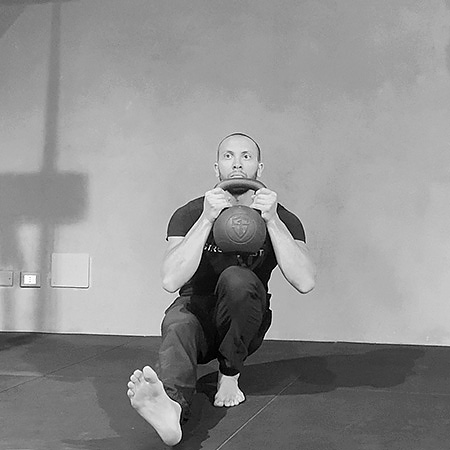
The ladder is a program where the exercise is performed in an ascending or descending repetitive pattern with a constant load. The Russian ladder is effective for increasing the work volume while managing neural and metabolic fatigue. The ladder is based on a specific rep max (RM) according to your goals. The range is also determined by your specific goals. My Russian ladder was based on my 10RM because I wanted to focus on resistance strength and hypertrophy rather than on maximal strength. I knew I would see the transfer later.
How is the ladder programmed?
Easy.
Test the RM you’ve chosen and calculate 2/3 of RM for rung A, 1/3 of RM for rung C, and the difference between rung A and rung C for B.
Using this formula, here is an example of one of my sessions:
- Rung A: 10RM x 2/3 = 7 (rounded up)
- Rung C: 10RM x 1/3 = 3 (rounded down)
- Rung B: 7-3 = 4
I started my training with 2x(7, 4, 3)with almost 2-3 min of rest to keep my mind and technique consistent.
For a unilateral exercise, it would look like the following: 7L, 7R, 4L, 4R, 3L, 3R but the progression would be the same.
The weekly progression was simple and linear. The first week I added one rep to the first ladder, so it went from 7, 4, 3, 7, 4, 3 to 8, 5, 4, 7, 4, 3. The second week, I added one rep to the second ladder, so it would be 2x(8, 5, 4).
Continue this pattern until you reach 2x(10, 7, 6). Then retest your new 10RM with a heavier weight.
These four movement patterns and minimalist training plans brought me to where I am now and another step toward what it means to be strong.
Remember be strong, first.
“Kettlebell Simple & Sinister”—available as a book (paperback, Kindle, audio) and on video
